7 Myths You Probably Believe About Print
Posted in News on 18 September 2019

When it comes to the sustainability of Print and Paper,
many myths are still prevalent amongst consumers.
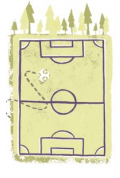
MYTH 1: European forests are shrinking.
FACT: European forests have been growing over 1,500 football pitches every day.
In Europe, paper comes from sustainably managed forests. Around 44% of the EU territory is under Natura 2000 protection. As a result, these forests are under protection and have a controlled cycle of planting and logging. The paper industry uses less than 13% of the world’s wood harvest. 1 2 3
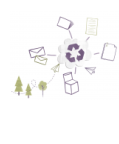
MYTH 2: Paper is a wasteful product.
FACT: Paper is one of the most recycled products in the world.
The European paper recycling rate is 72.3%. Some paper products cannot be recovered for recycling because they are kept for long periods of time, they’re destroyed or contaminated when used. More importantly, the production cannot be based on 100% recycled fibre, as 100% of consumption cannot be collected. Although there’s great expectation on recycling rates to increase further. 4
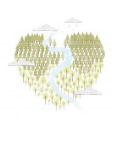
MYTH 3: Paper is bad for the environment.
FACT: Paper is one of the few truly sustainable products.
Paper is based on wood, a natural and renewable material. In addition, the paper industry uses respected certification schemes to ensure that the paper you use originates from a sustainable forest source. The two most recognised certification schemes are the Forest Stewardship Council (FSC) and the Programme for the Endorsement of Forest Certification (PEFC). 5
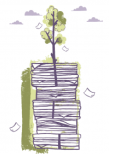
MYTH 4: We should only use recycled paper.
FACT: The paper cycle needs virgin fibres from sustainably managed forests.
Recycled fibres degrade after several uses. In fact, without new fibres from new trees, the paper cycle cannot be maintained. To keep this cycle going, fresh fibre from sustainably managed forests is needed. In 2017, paper for recycling made up 54% of fibre used, compared to 47% virgin fibre. Paper recycling needs to continuously incorporate a certain amount of fresh fibres for three main reasons: strength, quality and availability. 6
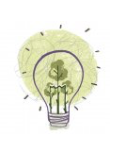
MYTH 5: Paper production is a major cause of global greenhouse gas emissions.
FACT: Most of the energy used is renewable and carbon intensity is incredibly low.
The European pulp and paper industry produces original bio-based products. It is also the biggest single industrial user and producer of renewable energy. The paper and printing sector is one of the lowest industrial emitters of greenhouse gases, accounting for less than 1% of all EU greenhouse gas emissions. In addition, between 2005 and 2017, the direct CO2 emissions of the European paper industry were reduced by 25%. 7 8
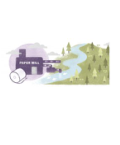
MYTH 6: Paper production consumes an excessive amount of water.
FACT: Paper productions are dependant on water, yet it’s consumption is very little.
Intake does not equal consumption. In fact, 93% of the water used in the European paper industry returns to the environment. Before being returned it’s reused within the mill and suitably treated. This 93% of water is returned to the environment in good quality, with the remainder either being evaporated, staying within the product, or being bound-up in solid waste. 9 10
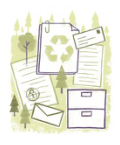
MYTH 7: Digital is the preferred means
of communication.
FACT: Many consumers value paper-based communication.
An international survey commissioned by Two Sides, showed surprising results. For instance, 72% of consumers worldwide prefer to read the printed version of books and magazines. In addition, 55% of consumers chose printed newspapers over digital options. In addition, consumers also trust the stories they read in printed newspapers (51%) more than stories found on social media (24%). 11
If you’d like to know more about this, visit the Two Sides website to discover more facts about the industry. Two Sides is a non-profit, global initiative promoting sustainable attributes of print paper and paper packaging.
1. FAO data, 2005-2015.
2. EEA, European Forest Ecosystems – State and Trends, 2016.
3. Derived from FAOSTAT, 2018.
4. European Paper Recycling Council, 2018.
5. EEA, European Forest Ecosystems – State and Trends, 2016.
6. European Paper Recycling Council, 2017.
7. Based on Eurostat data, 2016 and 2016.
8. CEPI, Key Statistics, 2017.
9. CEPI, Water Profile in 2015.
10. European Environment Agency, 2018.
11. Two sides survey, 2017.